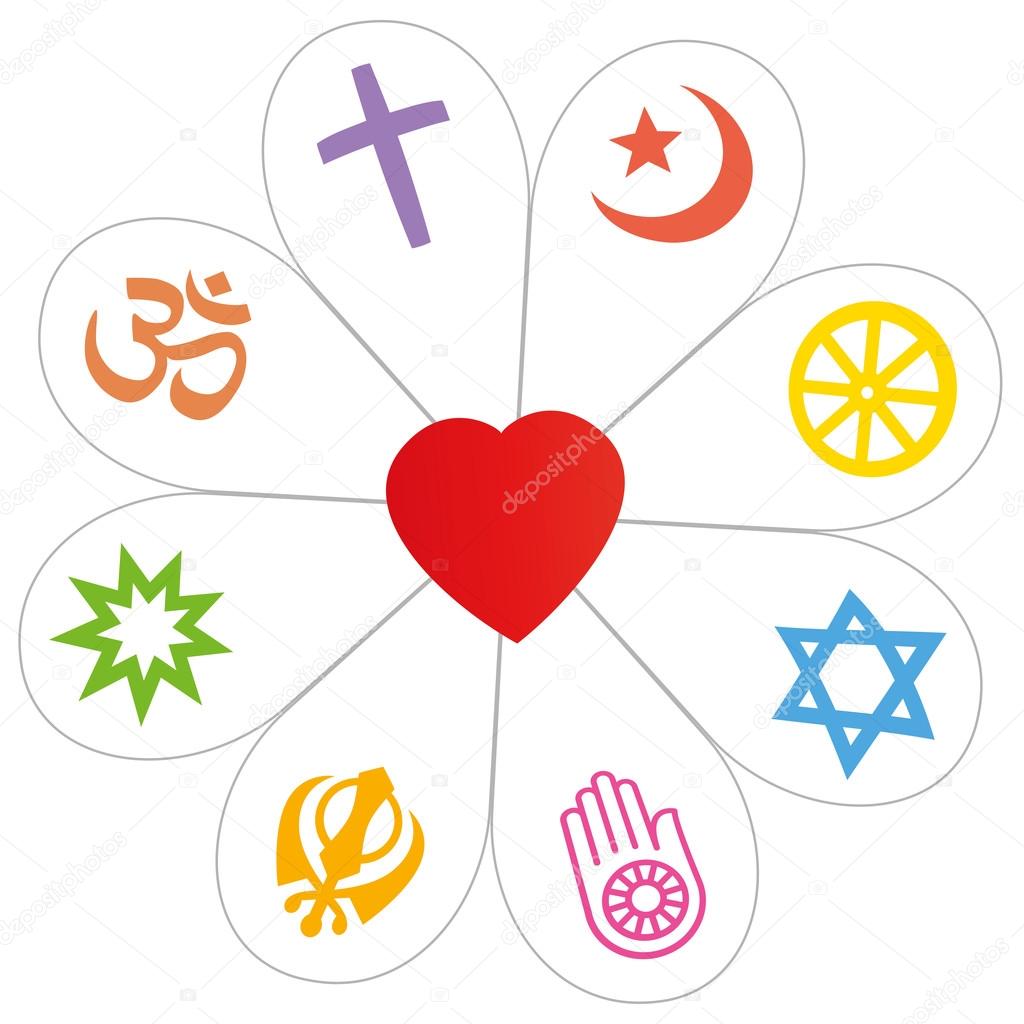The act of prayer has remained a pivotal aspect of human experience across diverse civilizations and belief systems. Within the Baha’i Faith, prayer transcends mere ritual; it is a profound engagement, an intimate dialogue with the Creator that allows individuals to express their innermost thoughts and aspirations. This article delves into the Baha’i teachings on prayer, elucidating its significance and presenting it as an art form that fosters a deeper connection with the Divine.
Baha’is regard prayer as an essential mechanism for spiritual growth, a means through which believers maintain their relationship with God. The Baha’i Writings emphasize that prayer not only serves the individual but also enhances communal harmony and collective spiritual evolution. In a world rife with discord and disarray, the Baha’i approach to prayer emerges as a beacon of hope, urging believers to forge a direct connection with the Creator.
To explore the Baha’i art of prayer, one must first consider its foundational purpose. Prayer in the Baha’i Faith functions as a conduit for divine assistance, imbued with the promise that each utterance is met with attunement from the realms beyond. This reciprocal relationship establishes a framework where human beings can express their yearnings, seek guidance, and find solace. It compels an observant individual to ponder the inherent desire for interconnectedness with a transcendent being.
The Baha’i teachings articulate a variety of prayers, structured to address different circumstances and emotional states. There are prayers for legislative matters, for healing, and even for those embarking upon a journey. Each supplication is carefully crafted, conveying the believer’s innermost sentiments and intentions. This vast array of prayers encourages practitioners to engage with the Divine in ways that resonate most personally and authentically with them.
Moreover, prayer within the Baha’i framework is not relegated to personal supplication alone. The communal aspect is equally emphasized. Baha’is are urged to gather in prayerful sessions, facilitating a sense of unity and shared purpose among participants. This collective form of worship provides an avenue for believers to collectively elevate their spiritual consciousness and forge bonds that transcend the material concerns of daily existence.
One of the most profound dimensions of the Baha’i art of prayer is its emphasis on the intention behind each supplication. The Baha’i perspective holds that prayer is most effective when imbued with sincerity and earnestness. This underscores a crucial recognition: prayer is not merely a formulaic recitation of words, but rather an authentic engagement of the heart and mind. Through this lens, Baha’is are encouraged to approach prayer as a transformative process: a vehicle for personal development and spiritual refinement.
In elucidating the significance of prayer, Baha’i Writings also emphasize the role of reflection. The interplay between spoken devotion and silent contemplation fosters an environment conducive to spiritual insight. Reflection allows the believer to internalize the essence of their prayers, encouraging a deeper understanding of their relationship with God and the universe. This contemplative practice not only enhances the efficacy of prayer but also invites moments of epiphany, encouraging individuals to discern their divine purpose.
The aesthetic dimension of prayer is notably recognized in the Baha’i teachings. The act of praying can be viewed as a form of art, wherein the medium is the soul’s expression and the canvas is the ethereal connection with the Divine. The beauty of language, the cadence of syllables, and the emotive power of the spoken word combine to create a resonant experience—one where individuals find themselves enveloped in the presence of something greater than themselves. This artistic sensibility imbues the act of prayer with depth and richness, engendering a sense of reverence in the practitioner.
Furthermore, Baha’i prayers are often characterized by their inclusive and universal nature. The Writings posit that the Creator is accessible to all, regardless of background, race, or creed. This democratic aspect of prayer in the Baha’i Faith parallels the teachings of unity and equality, encapsulating the notion that spiritual expression should be a shared human endeavor. In this respect, prayer serves as a clarion call to break down the barriers that separate humanity and to foster an inclusive dialogue with the Creator.
Despite its profound implications, the Baha’i art of prayer is not devoid of challenges. Believers often encounter distractions, apathy, and skepticism. However, Baha’i teachings emphasize perseverance in the pursuit of prayerful practice. The guidance offered through the Writings provides reassurance that the spiritual journey is fraught with obstacles; each struggle is a testament to the sincerity of one’s intention. Hence, the act of returning to prayer, despite the difficulties, is itself a manifestation of faith.
In conclusion, the Baha’i art of prayer is a multifaceted journey that invites believers to engage with the Creator in a manner that is deeply personal yet inherently communal. Through the rich tapestry of intentions, reflections, and artistic expressions, prayer becomes a vessel for spiritual growth and transformation. It fosters a profound sense of unity and interconnectedness with humankind and the Divine, reminding practitioners that each conversation with God resonates through the corridors of human experience. Ultimately, the Baha’i teachings on prayer reveal that the art of conversing with the Creator is as much about the journey as it is about the destination.
